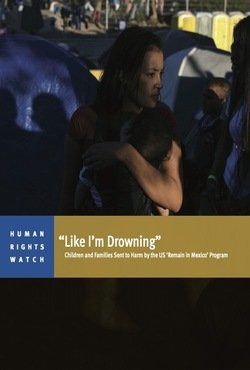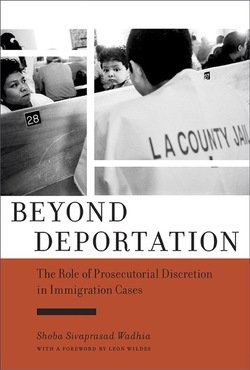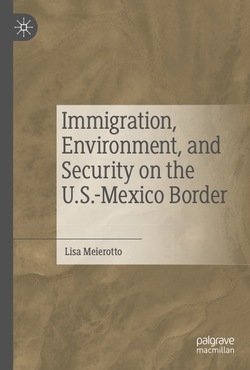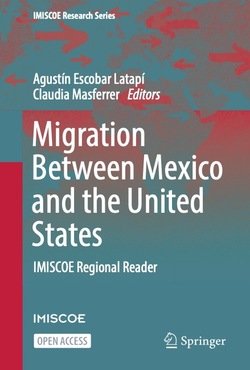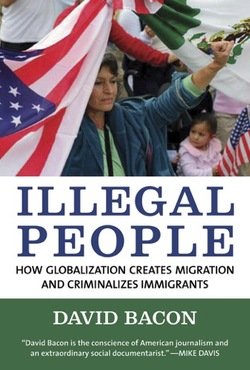The Trump administration implemented a total of 363 policy changes to interior enforcement with the overarching goal of subjecting all undocumented immigrants to enforcement actions. President Biden assumed office following significant commitments to implement changes to immigration enforcement, to limit enforcement activities, and to reduce the hardship experienced by noncitizens and their families.
This report analyzes some of the most consequential changes to immigration enforcement implemented by the Trump administration, the changes that President Biden committed to making during his campaign and transition, and the progress that his administration has achieved in its first 100 days. The report concludes with recommendations for additional changes that the administration should prioritize in working to create a fairer and more humane system of immigration enforcement.
Washington, DC: American immigration Council, 2021. 33p.








